

Why is it unique? It’s one of the largest inhabited UNESCO sites.

This site dates back to the 17th century and boasts the Transfiguration Church (22 domes) and Intercession Church (nine domes), both built entirely out of wood. You also won’t find any nails holding the pine frameworks together.
Why is it unique? Unrivaled wooden architecture in a distinctly Russian style.
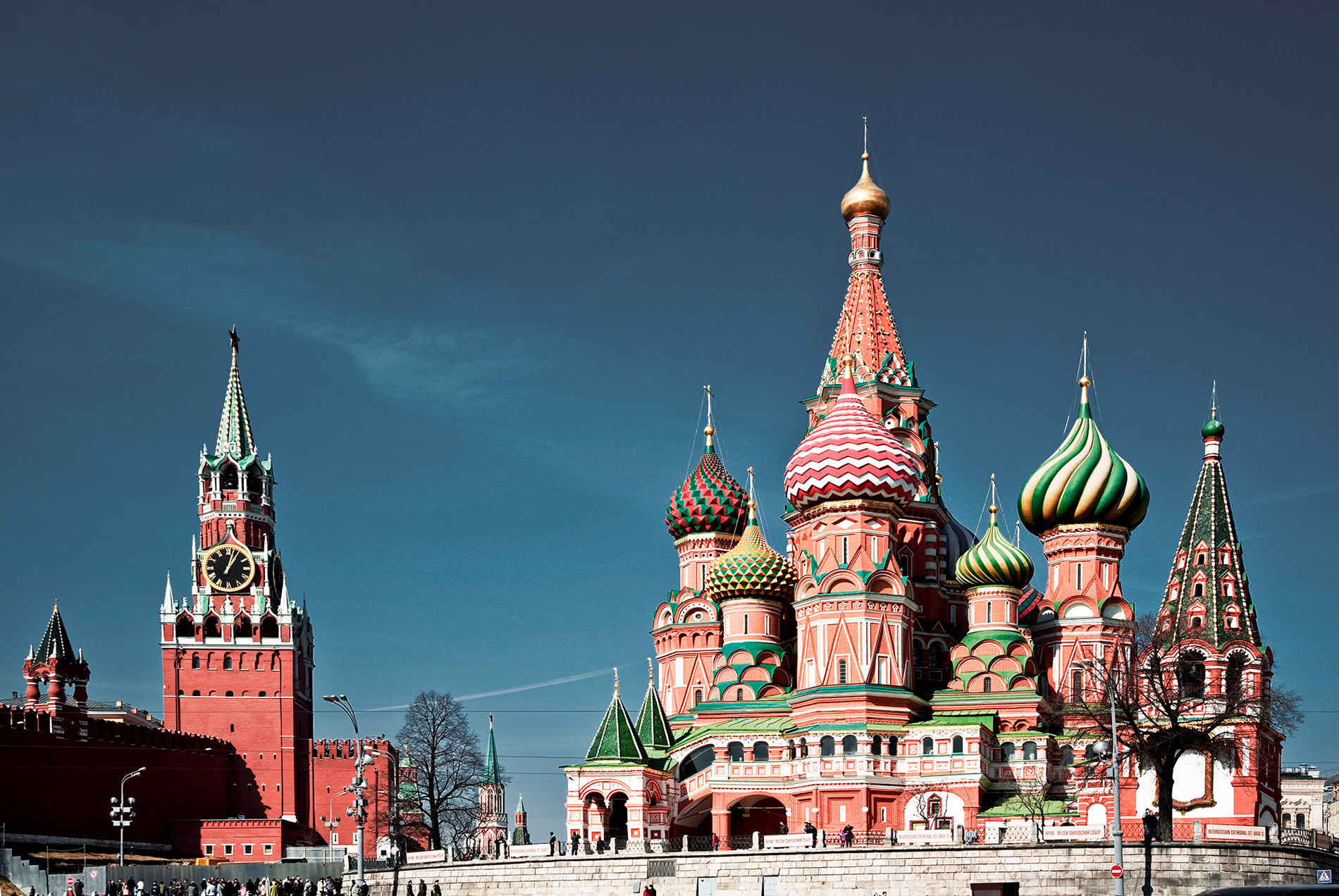
The Russian capital’s ground zero, both historically and architecturally, houses the Kremlin, GUM department store, St. Basil’s Cathedral, and Lenin’s Mausoleum.
Why is it unique:? An iconic Orthodox cathedral and a Bolshevik leader’s mausoleum can be found in the former market square...say no more.
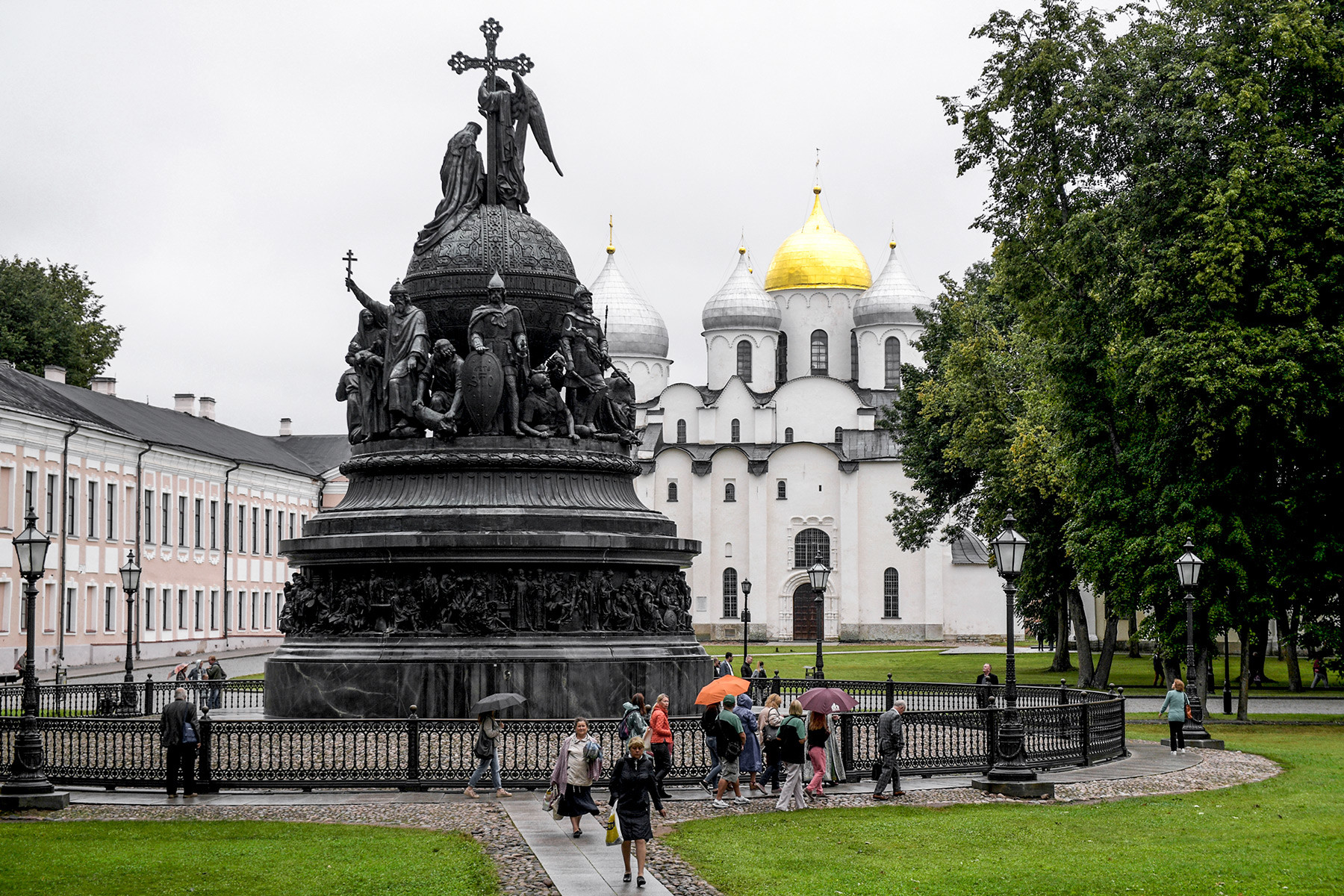
Ancient Rus was conceived in the city of Novgorod, which was famous for being a trading post and the center of the Novgorod Republic. Now a famous tourist destination, it offers a great chance to dive into medieval Rus.
Why is it unique? As the only major ancient Russian city untouched by the Tatar invasion, it’s the best preserved of Russia’s medieval settlements.
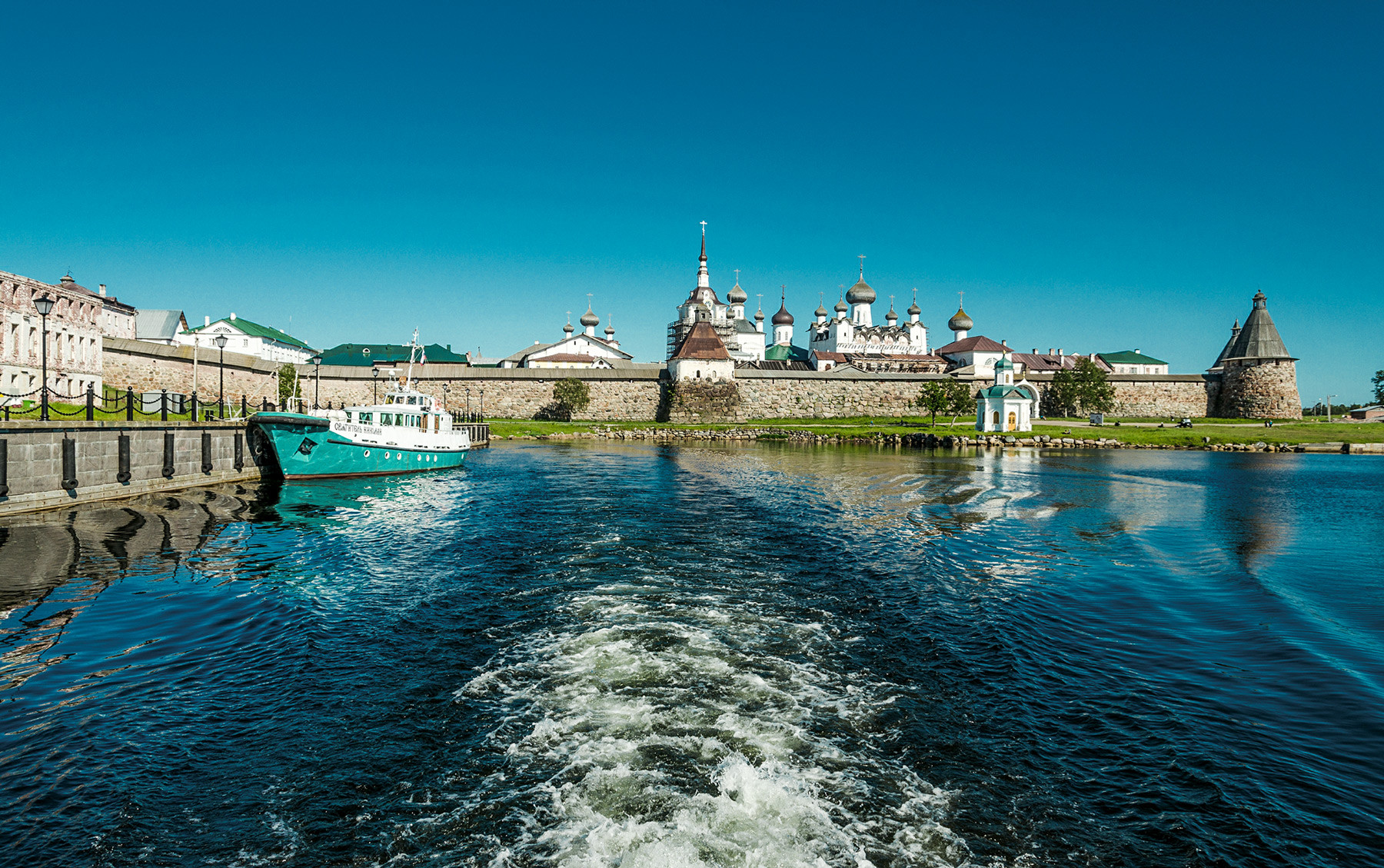
The Solovetsky Monastery is one of the finest examples of Orthodox architecture in Russia - its carpentry and masonry are exquisite. It was brutally taken by force during the schism of the Russian Church in the 17th century, and later
Why is it unique? The monastery is also a mighty fortress (in the 17th century it took eight years for the army to capture it from a group of determined Old Believers). Today it once again functions as a monastery.

There are eight ancient white stone structures dotted around the towns of Vladimir and Suzdal, which were important centers of medieval Rus. The Dormition Cathedral and the Golden Gate in Vladimir were built before the Tatar invasion, so they’re pretty special.
Why are they unique? Because the monuments are so old, no one knows for sure who created them. Historians think they were probably designed by Europeans after being commissioned by Russian princes.
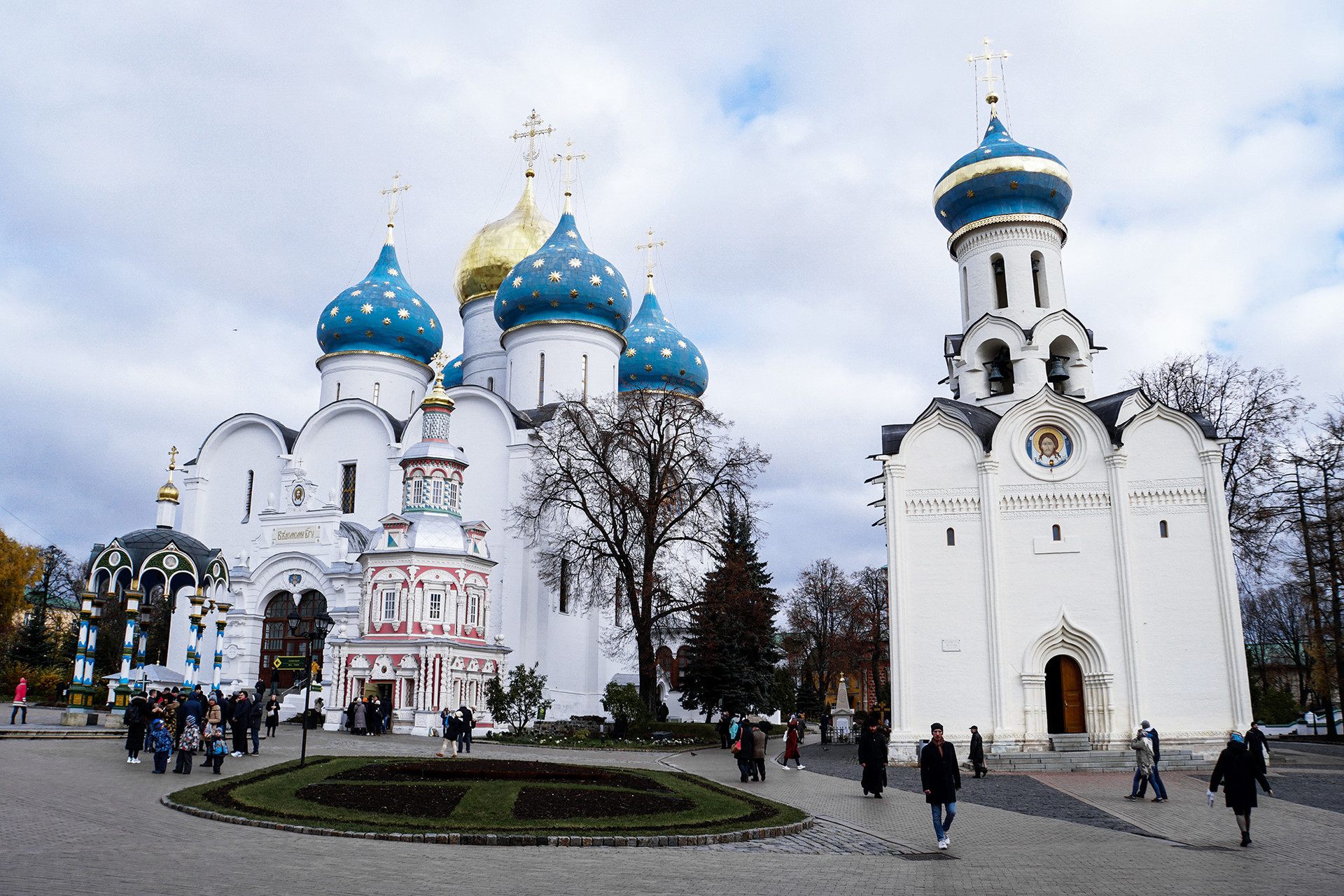
The Trinity Lavra, dating back to the 14th century, is the largest and most important Russian cloister. However, it’s not particularly well known.
Why is it unique? The building of the fortified monastery lasted from the 15th to 18th century.

This is the earliest Russian tent-roofed church built using stone. It’s set in a stunning location with panoramic views over southern Moscow. It’s one of the greatest Russian monuments of the 16th century.
Why is it unique? It was built by an Italian architect to commemorate the birth of Ivan the Terrible (1529-1584).
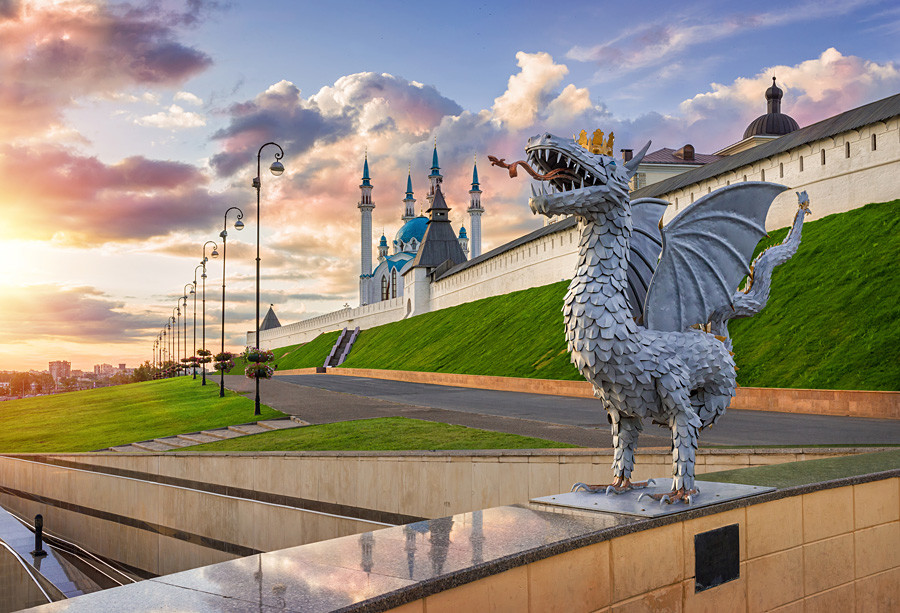
This kremlin was commissioned by Ivan the Terrible on the site of the old Kazan Khanate fortress, which was destroyed when the feared Tsar stormed Kazan in 1552. It contains artifacts dating back to the 10th century.
Why is it unique? It’s thought the Kazan Kremlin was built by Postnik and Barma, the same architects who designed St. Basil’s Cathedral in Moscow.
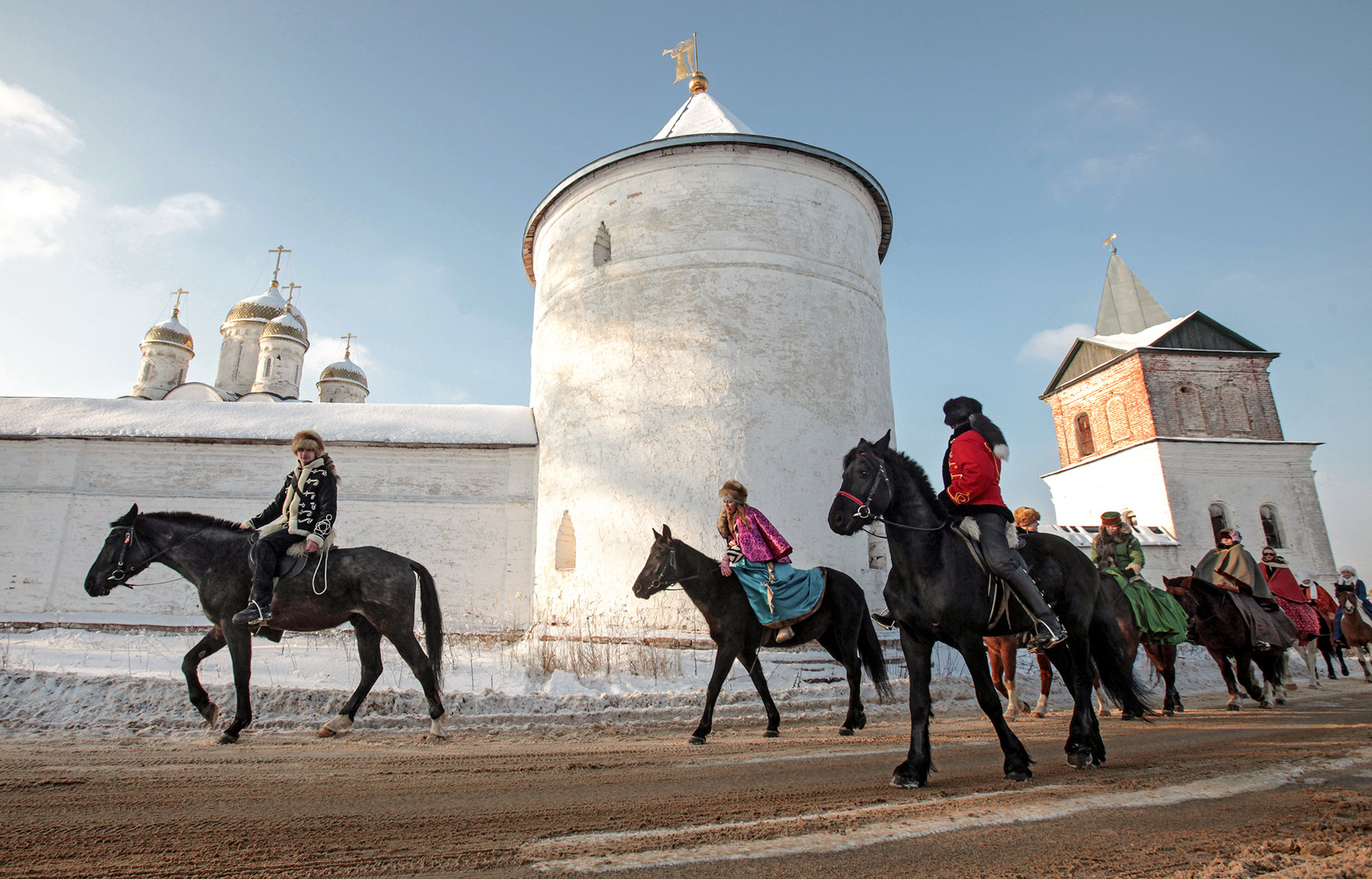
Founded in late 14th century, Ferapontov Monastery was where the highest Orthodox Church priests were exiled, most notably Patriarch Nikon. The monastery’s buildings are in remarkably good condition, and its small, neat territory is frozen in time, perfectly demonstrating how Russian cloisters looked hundreds of years ago.
Why is it unique? The monastery’s cathedral holds extraordinary murals by Dionysius, Russia’s foremost icon painter (15th and 16th century).
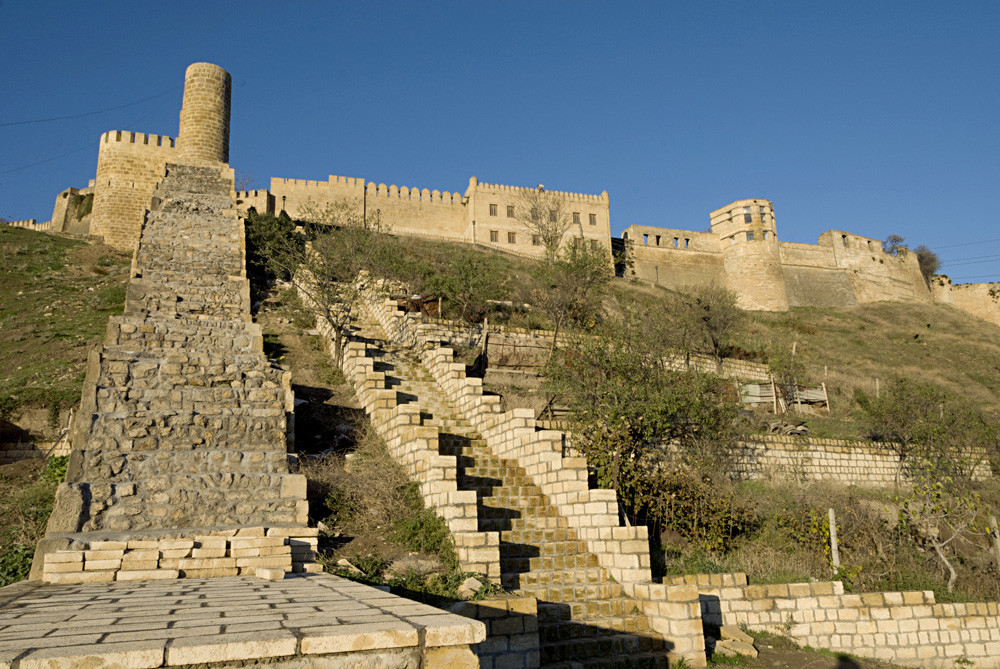
The city of Derbent, now located in the Dagestan Republic, was once an important strategic point along the northern border of the great Sasanian Empire (third to
Why are they unique? Derbent’s wall is the only ancient Persian fortification structure in the world that’s still intact. The eighth century Juma Mosque in the city is also the oldest in Russia.
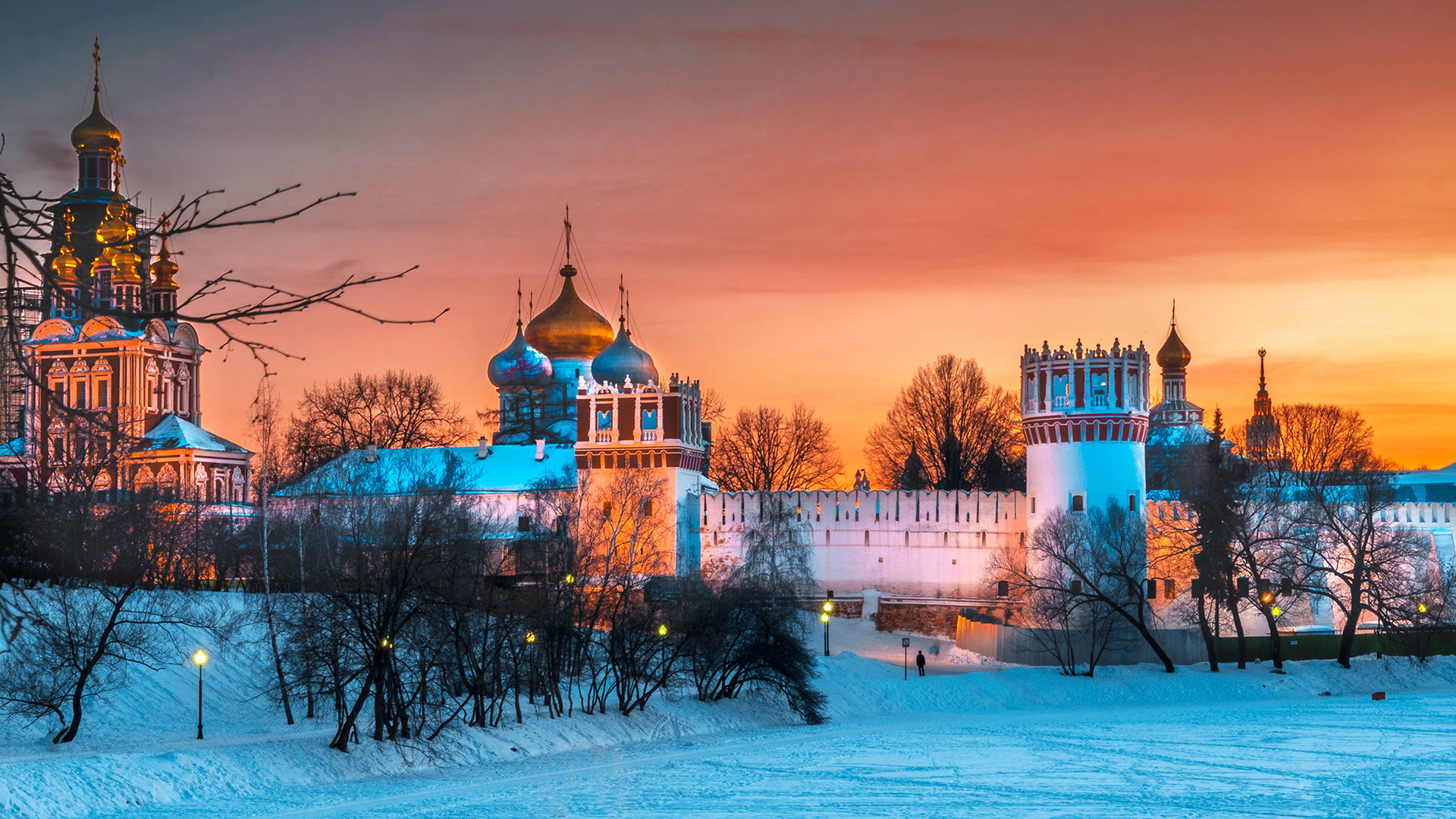
Novodevichy Convent played a prominent role in Russian history and was often visited by women from the imperial family. Members of the tsar’s family and entourage were also buried in its cemetery, while Napoleon almost destroyed the convent in 1812.
Why is it unique? Novodevichy Convent is one of the finest examples of untouched baroque

Built at the confluence of the Volga and Kotorosl rivers, Yaroslavl has been a major trading post since the 11th century, but luckily its historical center has remained untouched despite industrial growth. In the late 18th century it was replanned according to Russia’s nationwide town planning reform ordered by Catherine the Great and implemented between 1763 and 1830.
Why is it unique? The center of Yaroslavl is a fine example of cultural interchange between Russia and Western Europe.

The Struve Arc is a chain of survey triangulations spanning over 2,820 km from Hammerfest in Norway to the Black Sea, through no more than ten countries. The original arc consisted of 258 triangles, but the listed site now only includes 34 station points.
Why is it unique? The chain was used by German-born Russian scientist Friedrich Georg Wilhelm von Struve from 1816 to 1855 to establish the exact size and shape of the Earth.

Bolgar, a city in the Tatarstan Republic, used to be the capital of Volga Bulgaria, an ancient state that existed from the seventh to
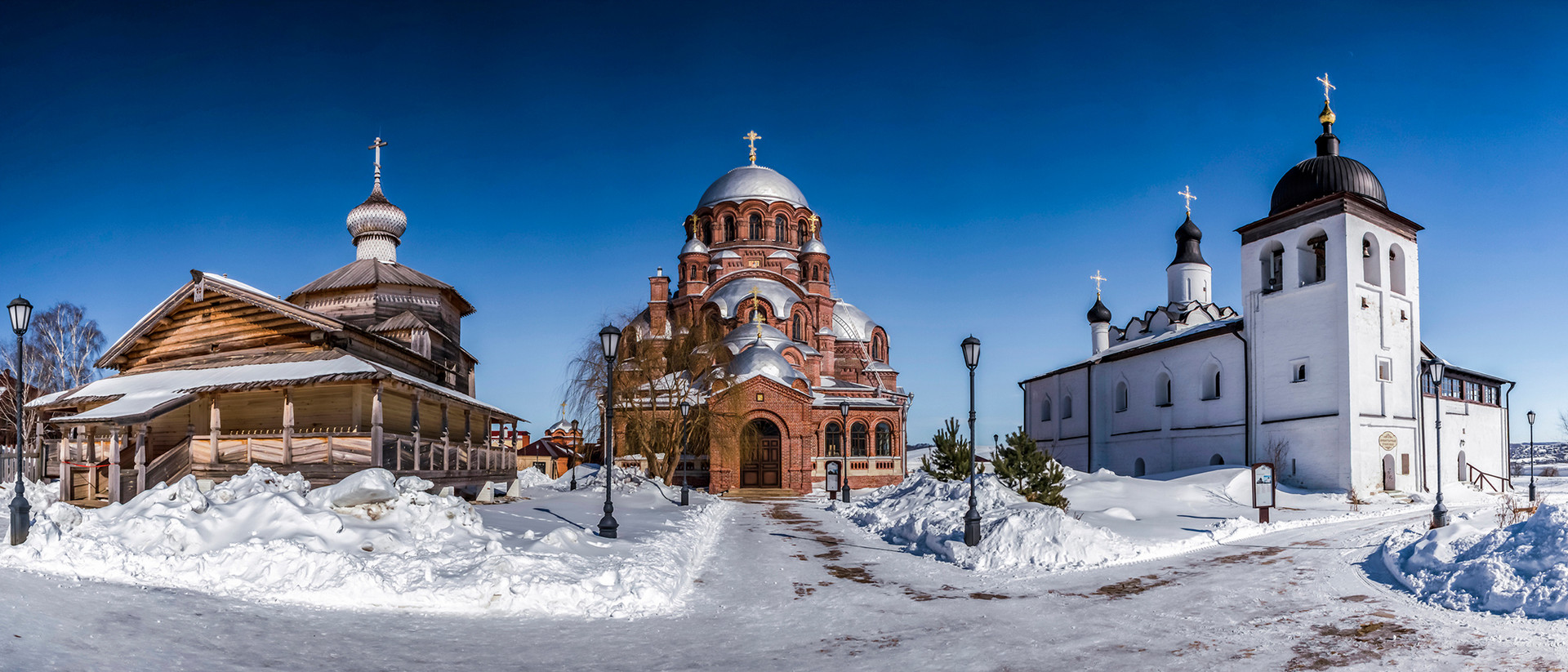
Sviyazhsk Monastery was built to demonstrate the might and cultural prowess of the state of Muscovy around the time Ivan the Terrible stormed Kazan. It was also used as a base for missionaries who were preaching Orthodox Christianity to the Tatar people.
Why are they unique? The scale of Assumption Cathedral is monumental. The complex displays traditional Pskov architecture and construction methods from the Volga Region, while the Assumption Cathedral frescoes are among the rarest examples of Eastern Orthodox mural painting in the world.
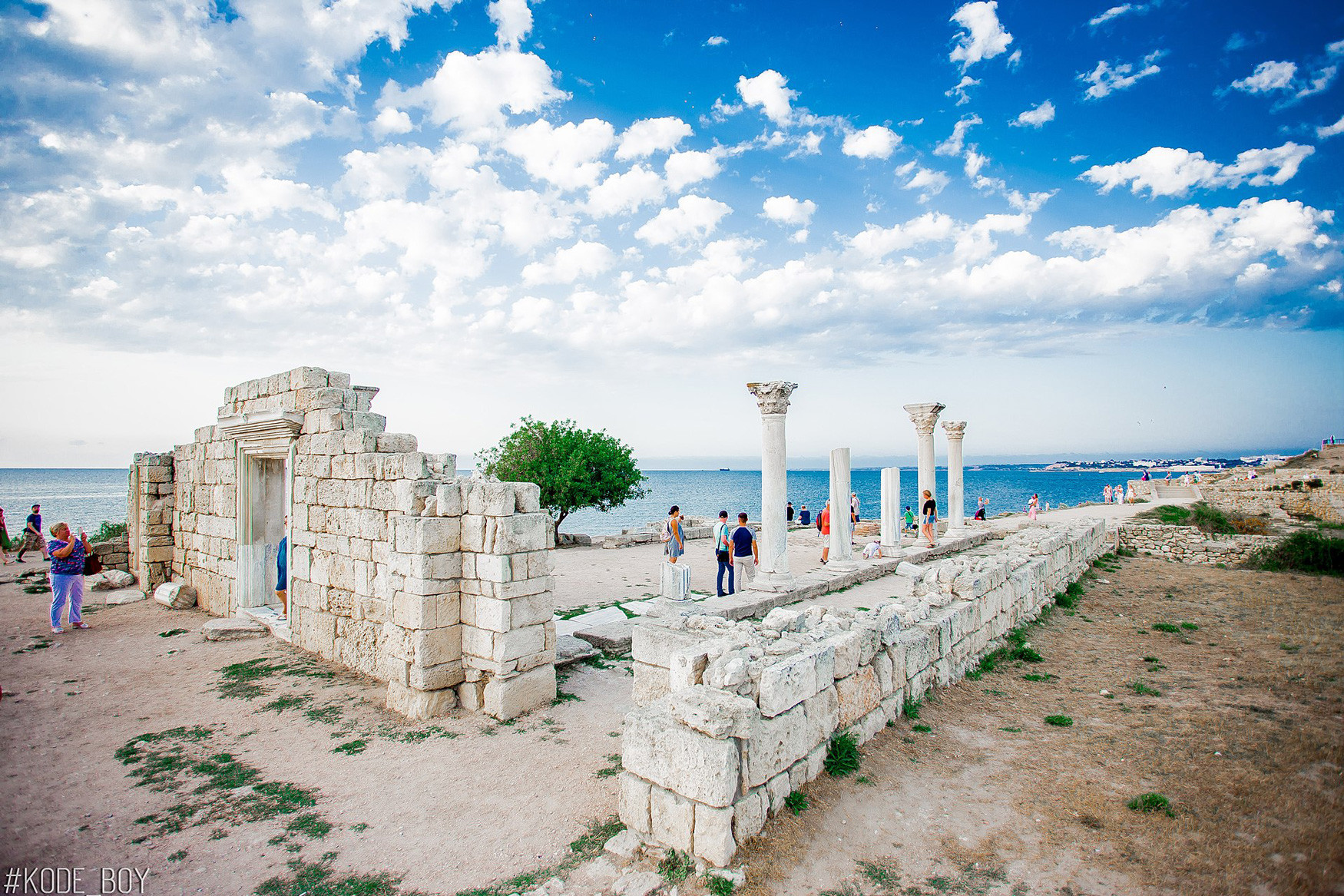
The town of Chersonese, located in the Republic of Crimea, is an ancient Greek colony founded approximately 2,500 years ago. For 20 centuries it was the most important city north of the Black Sea and has the remains of a Roman forum, ancient chora, and basilica.
Why is it unique? Tauric Chersonese is
If using any of Russia Beyond's content, partly or in full, always provide an active hyperlink to the original material.
Subscribe
to our newsletter!
Get the week's best stories straight to your inbox